#flowerpiercer
Text
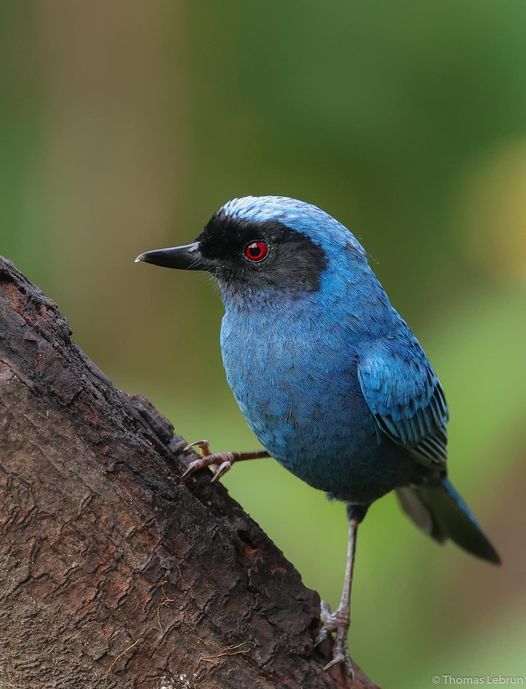
Masked Flowerpiercer (Diglossa cyanea), family Thraupidae, order Passeriformes, Pichincha, Ecuador
photograph by Thomas Lebrun
542 notes
·
View notes
Text

January 11, 2024 - Bluish Flowerpiercer (Diglossa caerulescens)
Found in the Andes in parts of Venezuela, Colombia, Ecuador, Peru, and Bolivia, these flowerpiercers live in and around mountain forests. Foraging alone or in pairs and often joining mixed-species flocks, they eat insects, small berries, and nectar. Though they sometimes pierce the bases of flowers to access nectar, like closely related species, they do this less often than many other flowerpiercers. Possibly breeding between June and February, they build open cup-shaped nests from dry grass and moss in bushes and mossy banks.
#bluish flowerpiercer#flowerpiercer#tanager#diglossa caerulescens#bird#birds#illustration#art#tropical#birblr art
125 notes
·
View notes
Photo
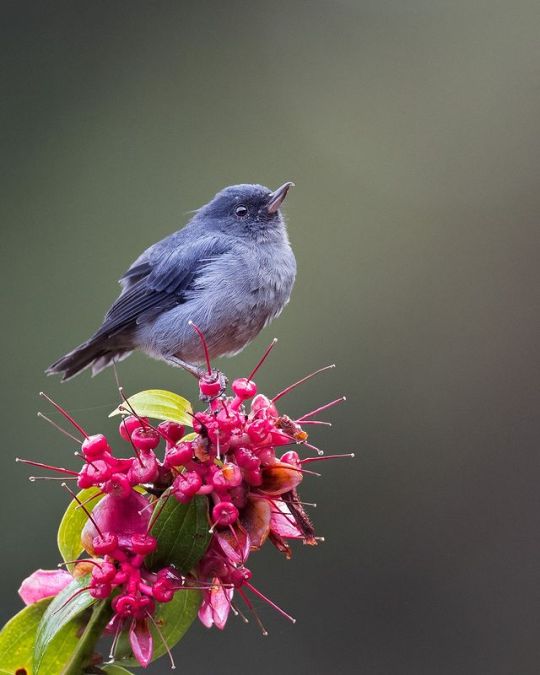

Slaty Flowerpiercer
143 notes
·
View notes
Text

[2225/11080] Chestnut-bellied flowerpiercer - Diglossa gloriosissima
Order: Passeriformes
Suborder: Passeri
Superfamily: Emberizoidea
Family: Thraupidae (tanagers)
Genus: Diglossa (flowerpiercers)
Photo credit: John Cahill via Macaulay Library
#birds#Chestnut-bellied flowerpiercer#Passeriformes#Passeri#Emberizoidea#Thraupidae#Diglossa#birds a to z#undescribed
127 notes
·
View notes
Text

7: Indigo, for SciArt September
Quick little painting of an Indigo Flowerpiercer. Check out that funky beak shape!
#sciart september#birdblr#birb#scientific illustration#bird art#blue bird#indigo flowerpiercer#artists on tumblr
163 notes
·
View notes
Text
BOTD: Cinnamon-bellied Flowerpiercer

Photo: Aaron Maizlish
"Small, active, warblerlike bird of highlands. Found in flower banks, forest edges, and overgrown brushy fields with flowers, mainly within pine-oak and evergreen forests. Also visits towns and gardens with flowering shrubbery. Flits amid flowers, piercing the bases with its 'can-opener' bill."
- eBird
#birds#cinnamon bellied flowerpiercer#birds of north america#north american birds#flowerpiercers#tanagers#passerines#birds of mexico#birds of the caribbean#birding#birdblr#birblr#bird watching#bird of the day#Diglossa baritula
49 notes
·
View notes
Photo

Rusty Flowerpiercer (Diglossa sittoides)
© Richard Jeffers
94 notes
·
View notes
Photo
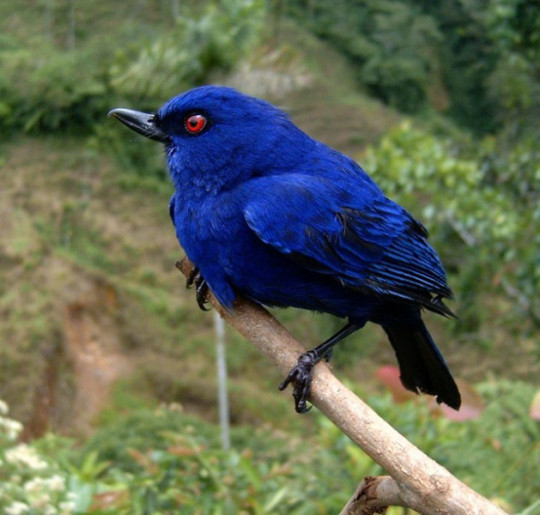
A new variant has been added!
Indigo Flowerpiercer (Diglossa indigotica)
© Edwin Múnera Chavarría
It hatches from blue, dark, distinctive, poor, red, small, typical, and western eggs.
squawkoverflow - the ultimate bird collecting game
🥚 hatch ❤️ collect 🤝 connect
12 notes
·
View notes
Text
youtube
0 notes
Text
Blue Birds of Happiness
Blue is an extra-fun color for birds to be, because, as you may have heard, it is not created by a pigment. Blue feathers (and the blue scales on butterfly wings, and the blue irises of some humans) are structural, meaning that the color is created by the physical properties of the living tissue, which are arranged in such a way that they reflect the short wavelengths of blue light. Often this is paired with a dark pigment which absorbs other colors of light and makes the blue 'pop'. Look at all the tints and shades they can make!
Mountain bluebird

2. Himalayan bluetail

3. Blue nuthatch
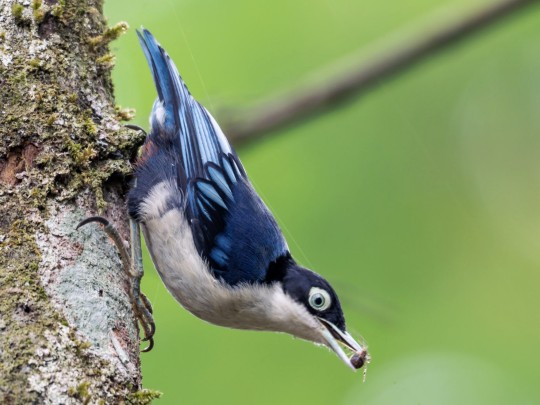
4. Blue jay
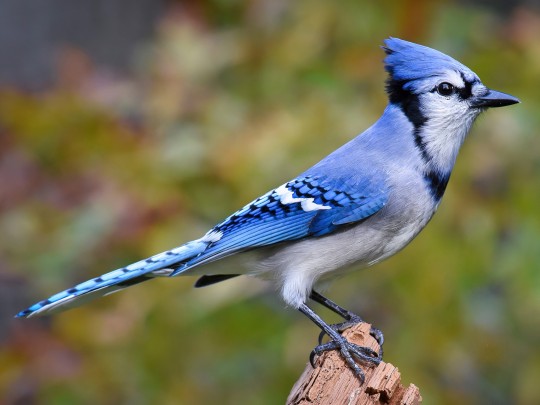
5. Indigo bunting

6. Great blue turaco

7. Tree swallow

8. Ultramarine flycatcher

9. Hyacinth macaw

10. Glaucous-blue grosbeak
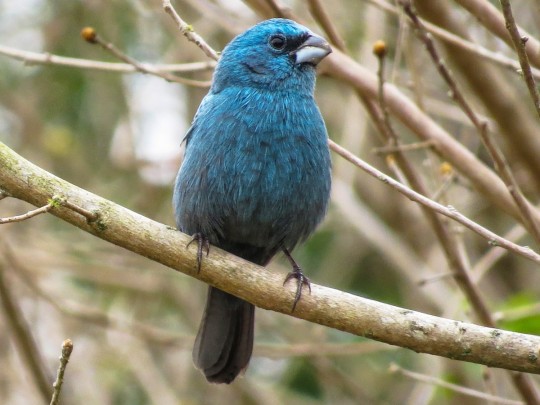
11. Belted kingfisher
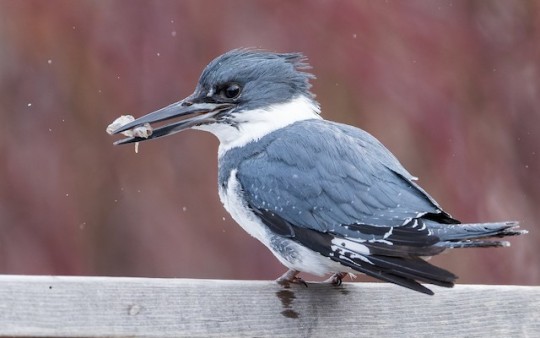
12. Blue dacnis
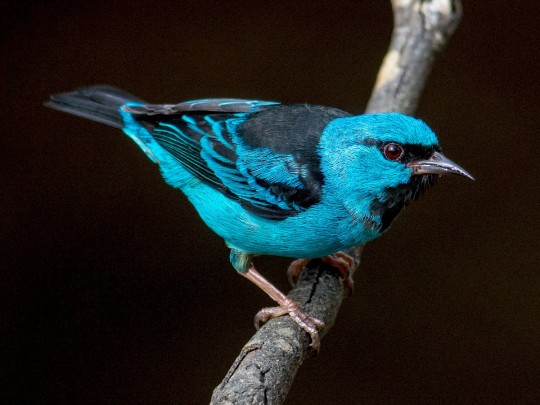
13. Taiwan blue-magpie

14. Shining honeycreeper

15. Siberian blue robin
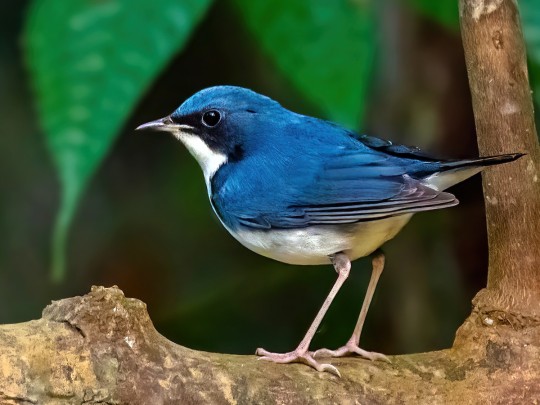
16. Blue whistling-thrush
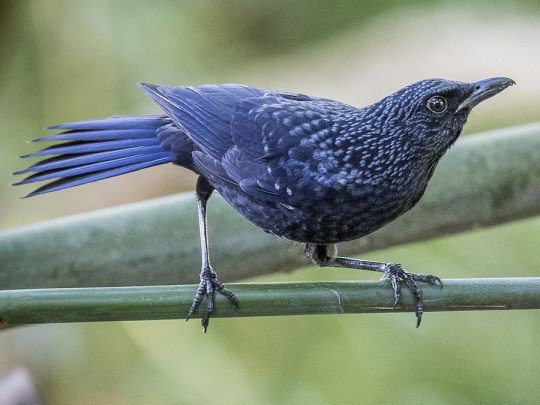
17. African blue flycatcher

18. White-throated magpie jay

19. Black-naped monarch

20. Blue paradise flycatcher
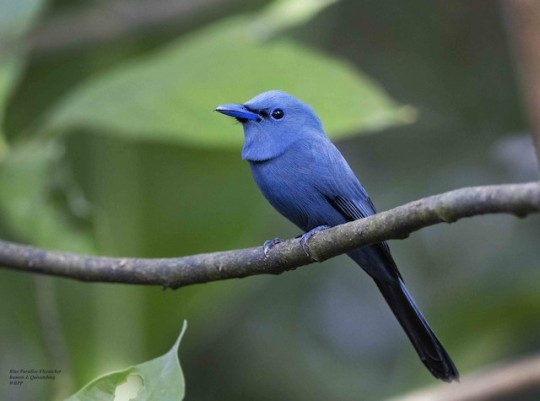
21. Cerulean warbler

22. Woodland kingfisher
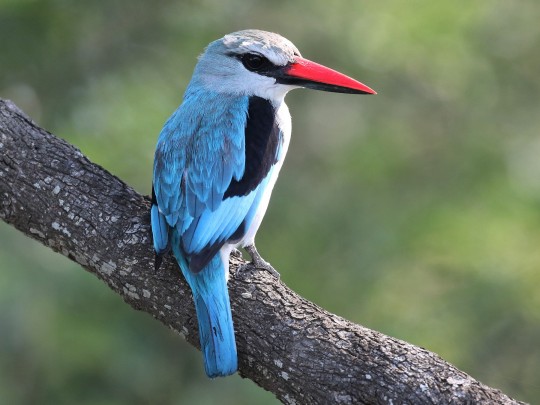
23. Indian peafowl

24. Little blue heron

25. Philippine fairy-bluebird
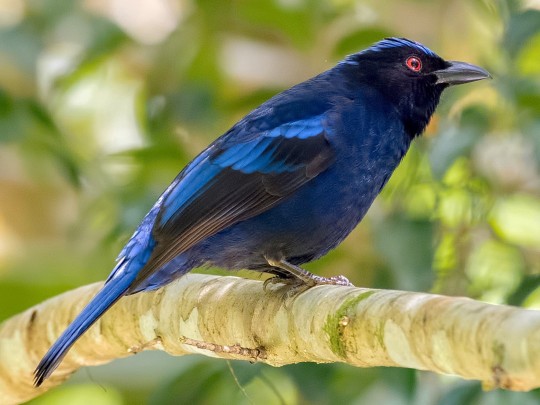
26. Pinyon jay
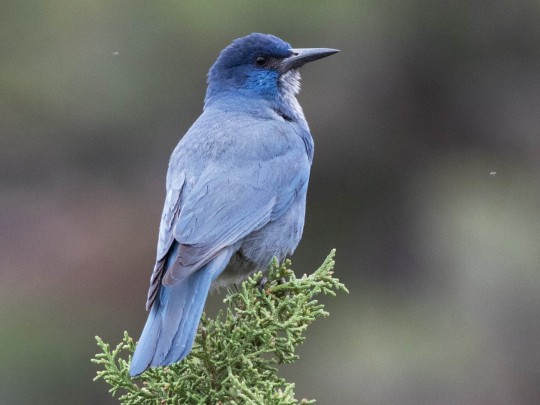
27. Blackish-blue seedeater

28. Plum-throated cotinga
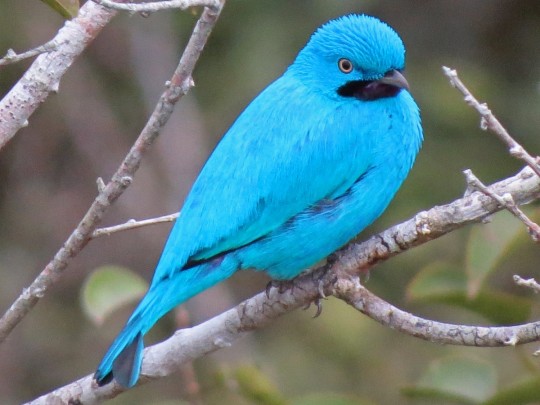
29. Deep-blue flowerpiercer

30. Blue coua

168 notes
·
View notes
Photo

Slaty Flowerpiercer (Diglossa plumbea)
Flowerpiercers are considered a parasitic bird. They have evolved beaks that pierce the base of flowers to drink nectar without helping pollinate the plant. You can see scars on the base of the flowers where it has been pierced before. This Slaty Flowerpiercer was photographed at Savegre Mountain Lodge in Costa Rica.
21 notes
·
View notes
Text
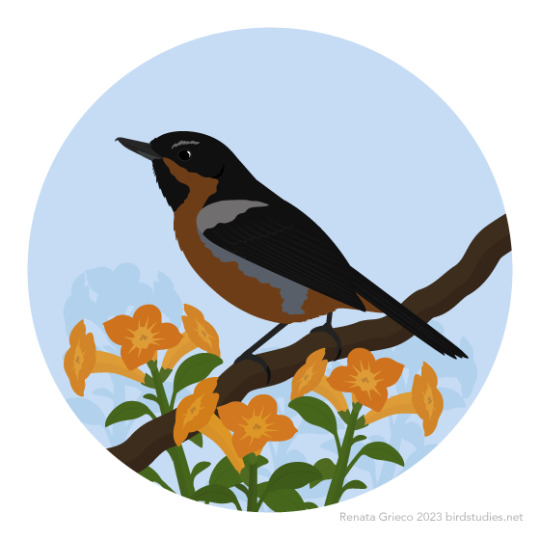
July 14, 2023 - Black-throated Flowerpiercer (Diglossa brunneiventris)
Found in two separate ranges, one in Peru and northern Bolivia and another in northern Colombia, these flowerpiercers live in scrubby habitats, including the edges of forests. Foraging alone, in pairs or family groups and sometimes in mixed-species flocks, they eat nectar and insects, often piercing the bases of flowers to access nectar. They build open cup-shaped nests from grass stems, moss, and lichen in vegetation near the ground where females lay clutches of two eggs.
#black-throated flowerpiercer#flowerpiercer#diglossa brunneiventris#bird#birds#illustration#art#grassland#birblr art
72 notes
·
View notes
Text
Bird Names That Sound Like Insults
- Yellow-bellied sap sucker
- Perplexing scrubwren
- Marbled frogmouth
- Red-rumped bush tyrant
- Spangled drongo
- Tiny sky tyrant
- Hoary puffleg
- Horned screamer
- Fluffy-backed tit babbler
- Sad flycatcher
- Great bustard
- Drab seedeater
- Tinkling Cisticola
- Dickcissel
- Tomtit
- Moustached flowerpiercer
- Olivaceous siskin
- Red-billed oxpecker
48 notes
·
View notes
Text

[2458/11080] Cinnamon-bellied flowerpiercer - Diglossa baritula
Order: Passeriformes
Suborder: Passeri
Superfamily: Emberizoidea
Family: Thraupidae (tanagers)
Genus: Diglossa (flowerpiercers)
Photo credit: Esteban Matías via Macaulay Library
#birds#Cinnamon-bellied flowerpiercer#Passeriformes#Passeri#Emberizoidea#Thraupidae#Diglossa#birds a to z#undescribed
92 notes
·
View notes
